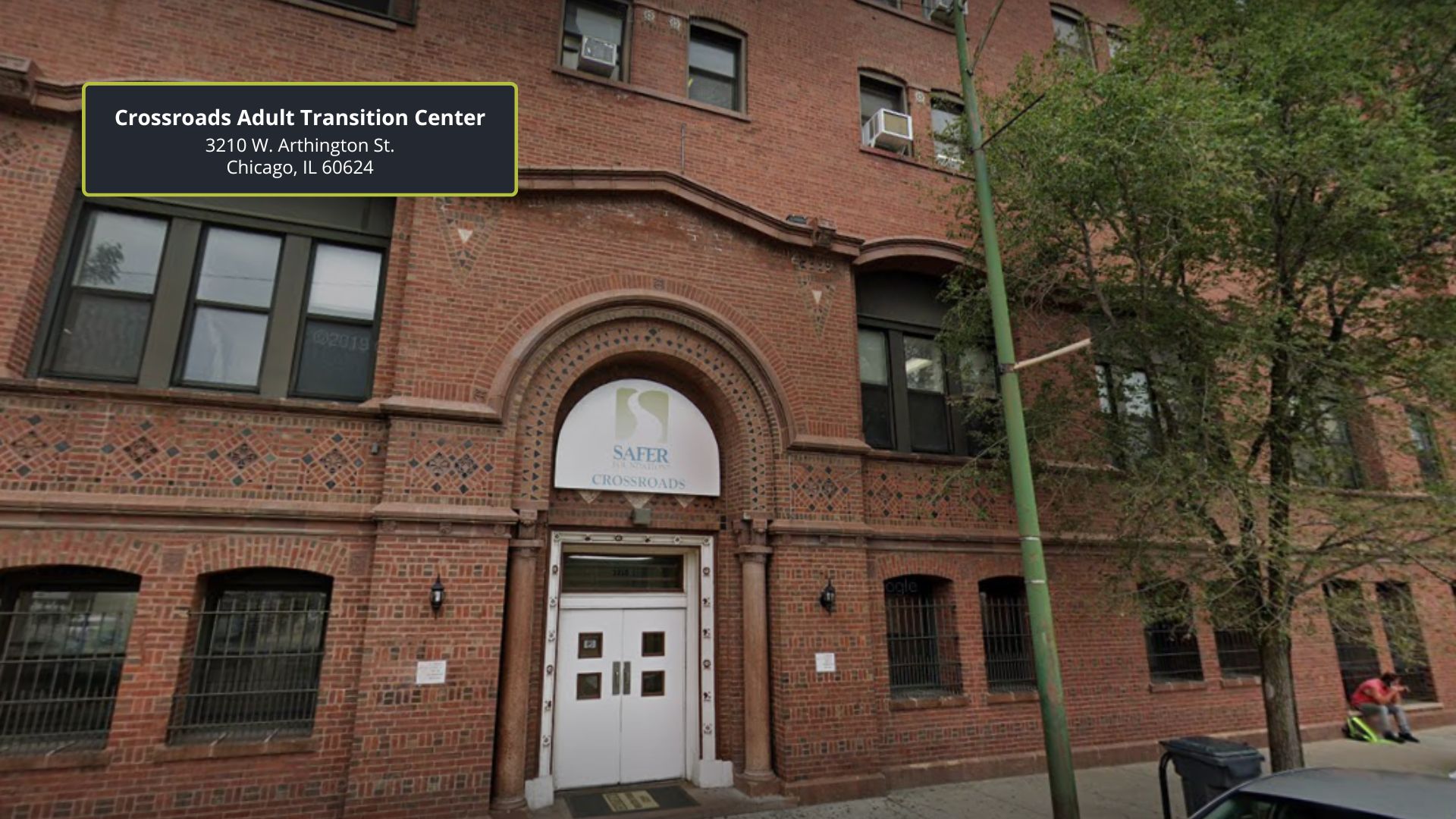Inside Safer’s Adult Transition Centers

Adult Transition Centers (ATCs) play a crucial role in facilitating the reintegration of individuals into society after incarceration. Within Illinois, there are four ATCs, Safer Foundation operates two of these centers, each dedicated to providing comprehensive support and resources to aid in the successful transition of its residents. In this blog, we look closer into the workings of these ATCs, highlighting their mission, programs, and impact, as well as insights from Bobby Moore, Assistant Vice President of Safer Foundation’s North Lawndale ATC.
Insights of ATCs:
ATCs serve as work release centers aimed at assisting individuals with shorter sentences (30 months or less) in transitioning back into the community. Safer Foundation operates two male ATC facilities in North Lawndale, each emphasizing the importance of employment and education as key components of successful reintegration.
Residents earn community passes which allows them to go out into the community for work, education, as well as visits with family and friends. Passes are earned as they progress through a structured level system where residents must be working full time or attending school full time. One highlight noted by Mr. Moore is the significantly lower recidivism rate (18%) compared to traditional correctional facilities, demonstrating the effectiveness of the reintegration approach by Safer Foundation’s Adult Transition Center.
Mission and Approach:
The mission of Safer Foundation’s ATCs revolves around reducing recidivism by providing a spectrum of services to support individuals in becoming employed, law-abiding members of the community. This mission is realized through a multifaceted approach that prioritizes both programming and security. By fostering an environment where residents actively engage in programs, Safer ensures not only a safer community within the centers but also better-equipped individuals upon their return to society.
Program Offerings:
Safer’s ATCs offer a range of programs to address the various needs of residents. From educational opportunities, receiving their GED to essential services such as substance abuse treatment, anger management, and life skills training, residents are equipped with the tools necessary for successful reintegration. Additionally, Safer Foundation collaborates with external organizations like Vision Works to provide additional support, such as eye screenings and glasses, recognizing the importance of addressing residents’ holistic needs.
Building Partnerships for Success:
A key aspect of Safer Foundation’s approach is its commitment to forging partnerships with other organizations to expand the range of services available to residents. For example, an upcoming collaboration with the Department of Healthcare and Family Services, highlights Safer’s dedication to addressing residents’ family and financial obligations. By equipping residents with knowledge and resources to navigate complex systems like child support, Safer enhances their prospects for success upon reentry into the community.
Continuous Improvement and Recognition:
Safer Foundation’s commitment to excellence is evident in its continuous efforts to meet and exceed accreditation standards. Every three years, the ATCs undergo a rigorous reaccreditation process, ensuring the ATCs meet high-quality standards. Bobby Moore’s recent receipt of the American Correctional Association (ACA) Award Certification further showcases the ATCs’ dedication to excellence and positive outcomes for residents. This achievement demonstrates the hard work and dedication of the ATCs entire staff, from administrative to those directly engaging with residents on a daily basis.
Conclusion:
Through a combination of programming, collaborative partnerships, and a commitment to excellence, Safer Foundation empowers residents to break the cycle of recidivism and become productive, law-abiding members of the community. As Bobby Moore aptly summarizes, the success of the ATCs hinges on the collective belief in the transformative power of rehabilitation and reintegration. With continued support and investment, Safer Foundation’s ATCs will continue to make strides in facilitating successful transitions and building brighter futures for all.